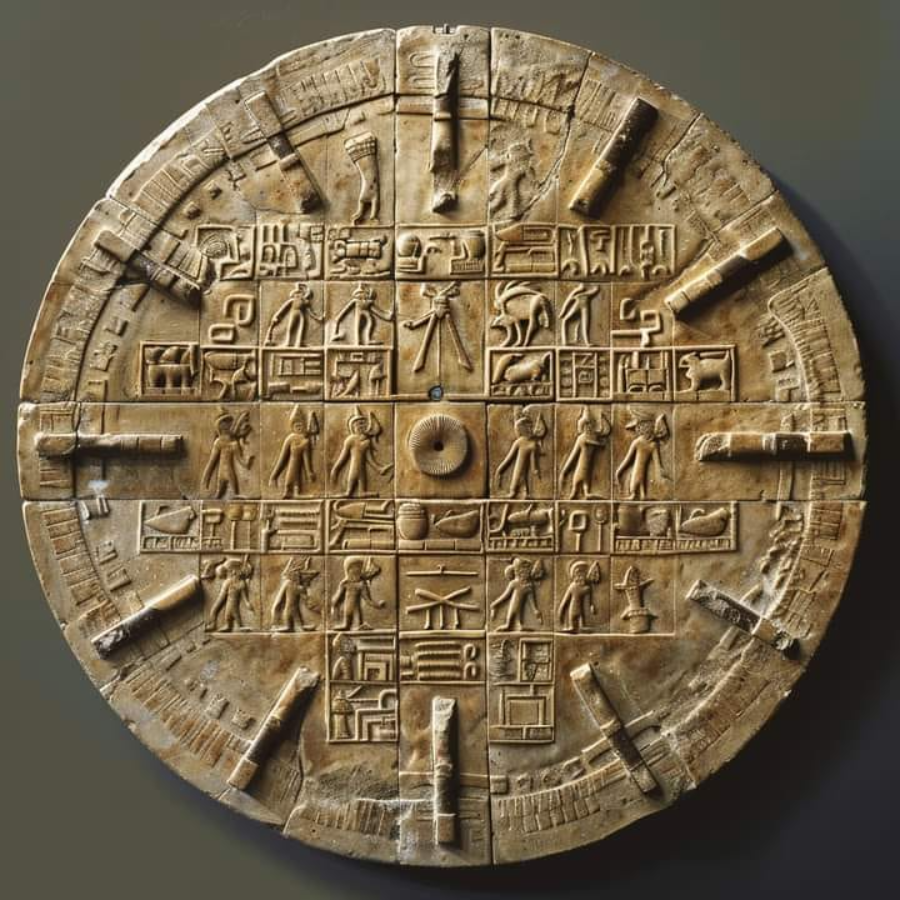

The Semitic-speaking Akkadians called the non-Semitic-speaking inhabitants of Mesopotamia "Sumerian." Although the first legible writing dates to the 23rd century BCE, Sumerian recorded history dates back to the 27th century BCE. With the fall of the Akkadian Empire in the 23rd century BCE, classical Sumer came to an end. It only had a brief resurgence in the 21st century BCE. Eventually, the Sumerians were assimilated into the Akkadian/Babylonian people.
The Sumerians, who inhabited ancient Mesopotamia (modern-day Iraq), altered our understanding of the use of time approximately 5,000 years ago. They created the sexagesimal system, an intricate number system based on the number 60. An hour was divided into 60 minutes and a minute into 60 seconds as a result of this special system; these divisions are still in use today.

Their agrarian society necessitated accurate timekeeping among the Sumerians. Crop planting and harvesting depended on precise calendars. They also had intricate religious rituals and administrative tasks to conduct.
Astronomy was greatly advanced by the Sumerians to help with their timekeeping. They devised a lunar calendar with 12 months that closely matched the agricultural seasons by observing the movements of celestial bodies.
An enormous accomplishment was the separation of the day into 24 hours, each hour into 60 minutes, and each minute into 60 seconds. These divisions, which demonstrate the Sumerians' sophisticated grasp of arithmetic, were not arbitrary; rather, they were intended to be useful and readily divisible.
Later civilizations, such as the Babylonians, Greeks, and Romans, who adopted and improved the Sumerian system, were greatly influenced by this novel approach to time. Our contemporary clocks and calendars bear witness to the Sumerian legacy of timekeeping, highlighting the lasting impact of their inventiveness on our day-to-day existence.
Numerous technologies, such as the wheel, cuneiform script, mathematics, geometry, irrigation, saws and other tools, sandals, chariots, harpoons, and beer, were created or enhanced by the Sumerians.
Farmers bringing irrigation agriculture to southern Mesopotamia initially settled there during the Ubaid period (6500–4100 BCE).
During the Uruk period (4100-2900 BCE), there were multiple changes. First, mass production of pottery started. Second, commerce commodities started to move through southern Mesopotamian canals.
During the Early Dynastic period (2900–2334 BCE), writing became more commonplace and comprehensible than pictograms.
Many people in the area learned to speak both Sumerian and Akkadian during the Akkadian Empire (2334–2218 BCE).
There was a period of instability and deterioration during the Gutian period (2218–2047 BCE). Ur-Nammu and Shulgi ruled during the Sumerian Renaissance/Third Dynasty of Ur (2047–1940 BCE), and their influence reached southern Assyria.


